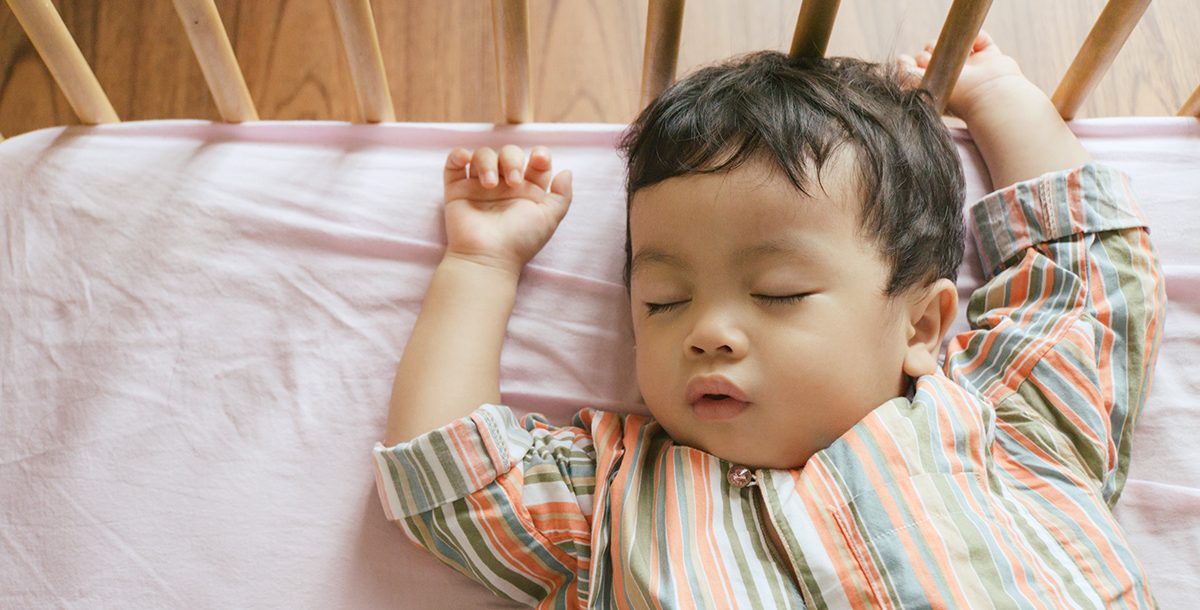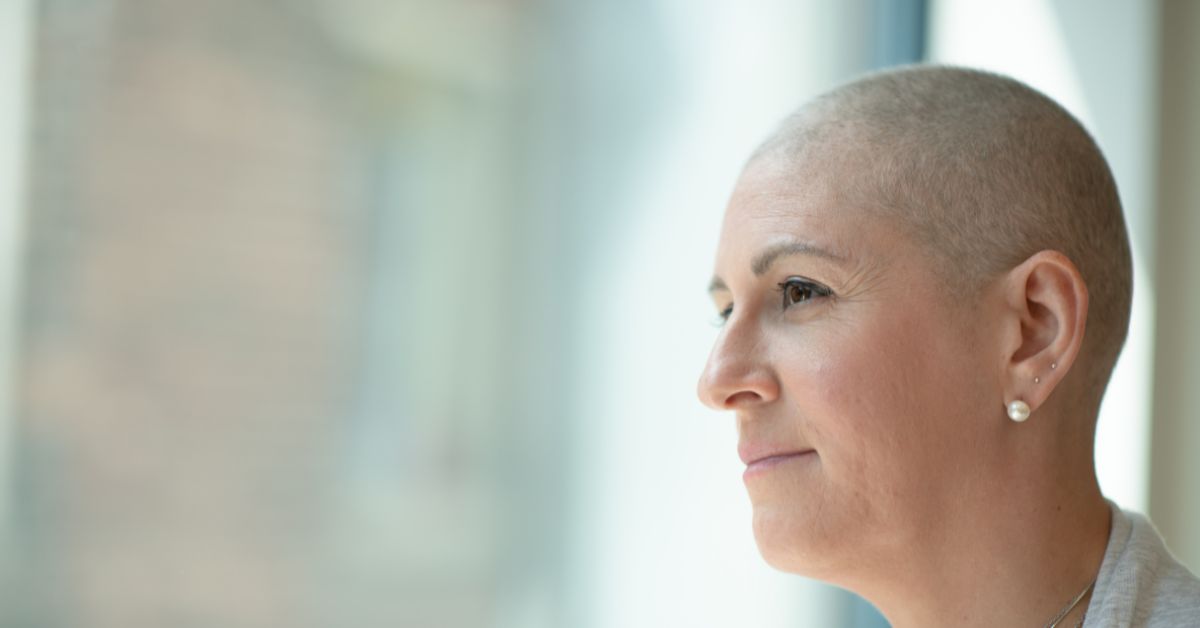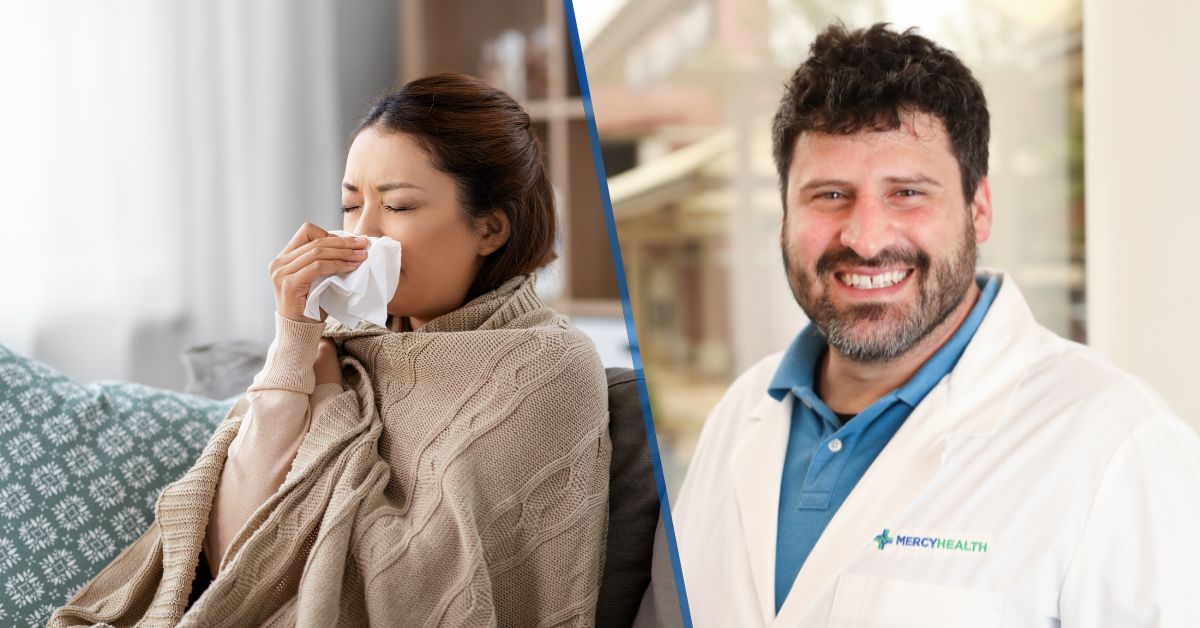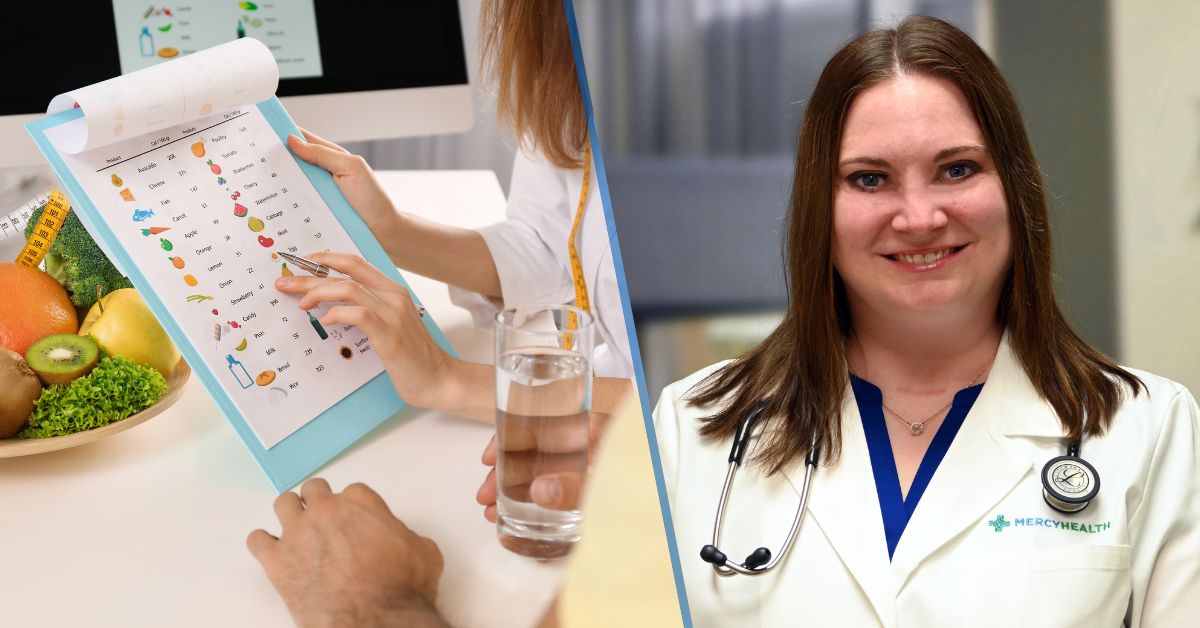There are about 3,500 sleep-related deaths among babies in the United States each year, according to the Centers for Disease Control and Prevention (CDC). However, safe sleep practices can lower the risk of sleep-related infant deaths, including sudden infant death syndrome (SIDS), accidental suffocation and unknown causes of death.

“Prevention and education are the key for safe sleep,” Kia Davis (pictured right), a certified Community Health Worker and Doula based at Mercy Health – Fairfield Hospital, shares. “For example, many new parents, and even older family members, don’t know that the new guidance is for babies to sleep on their back.”
Make sure your baby is following the ABCs of safe sleep.
- Alone: Your baby should always sleep alone. This means no bed-sharing (or co-sleeping), and no stuffed animals or other toys.
- Back: Your baby should always sleep on their back – not on their stomach or side.
- Crib: Your baby should sleep in a crib that’s free of bumper pads, pillows, blankets and toys. Baby should always sleep in a crib or bassinet – not on an adult bed, sofa, cushion or other soft surface.
“Additionally, caring for your child while under the influence of drugs and alcohol is dangerous. These substances lessen your reaction time as well as impair judgement and awareness of your child’s safety and needs,” April Young-McArthur, program coordinator for our Centering Pregnancy program in Youngstown, Ohio, shares. “Parents should keep in mind that there are no safe amounts of tobacco, drugs and alcohol during and after pregnancy. All these things can increase the risk of SIDS.”
Here are some additional tips for creating a safe sleep environment for your baby.
- Put your baby to sleep on his/her back on a flat, firm surface. A crib mattress covered with a tightly fitted sheet is perfect. Make sure to only use the mattress made for your baby’s crib. The mattress should fit snugly in the crib so there are no spaces between the mattress and the crib frame. The mattress shape should also stay firm even when covered with a tightly fitted sheet or mattress cover.
- Put your baby to bed in their own crib or bassinet. Do not share a bed or co-sleep. Bed-sharing is the most common cause of death in babies younger than three months old. The American Academy of Pediatrics (AAP) recommends that you and your baby sleep in the same room, but not in the same bed for the first year of your baby’s life.
- Make sure that your baby’s bassinet, crib or play yard meets current safety standards. Regularly visit the U.S. Consumer Product Safety Commission (CPSC) website to learn more about product safety standards or current product recalls.
- Keep the room at a comfortable temperature. If your baby is sweating or their chest feels hot, they may be overheated.
And finally, you must avoid these things with your sleeping baby.
- Sleep positioners: These sometimes are called nests or anti-roll pillows. They often are mats or wedges with pillows on either side to help keep your baby in place. The Food and Drug Administration (FDA) warns that sleep positioners can cause babies to die because of suffocation.
- Letting your baby sleep in carriers, swings, slings, car seats or strollers: Babies who sleep in these items can suffocate. If your baby falls asleep in one, take them out and put them in a crib as soon as you can.
- Putting your baby to sleep on soft surfaces: This includes surfaces like a waterbed, sofa, soft mattress or cushion.
- Keeping crib bumpers, loose bedding, toys or other soft objects in your baby’s crib. They put your baby in danger of being trapped, strangled or suffocated.
- Using cribs with drop-side rails. Don’t put portable bed rails on a regular bed. Babies can get stuck in rails and choke. Don’t try to fix a crib that has broken or missing parts either.
“The biggest mistake parents make is not putting baby in their crib by themselves,” Kia says. “That means no pillows, loose blankets or toys. Baby should be a safe sleep swaddle to keep their arms and legs tucked in as well.”
She adds, “be proactive and prepare before baby arrives so everyone can sleep safe and sleep soundly.”
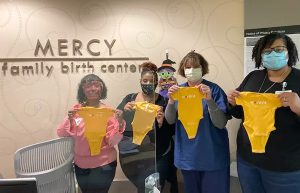
In the Cincinnati, Ohio area specifically, our ministry has a long-standing partnership with Cradle Cincinnati and a larger collaborative of partners attempting to reduce infant mortality in Hamilton County.
Additionally, our perinatal outreach team (pictured left) is dedicated to serving at-risk moms in Mercy Health’s hospital service areas. The team helps remove obstacles while providing education, advocacy and support to ensure a healthy pregnancy and birth for both mom and baby. They do this by distributing educational materials, conducting safe sleep demonstrations and even hosting a coloring contest to get the whole family involved.
Also, learn more about the pediatric services we offer at Mercy Health.


